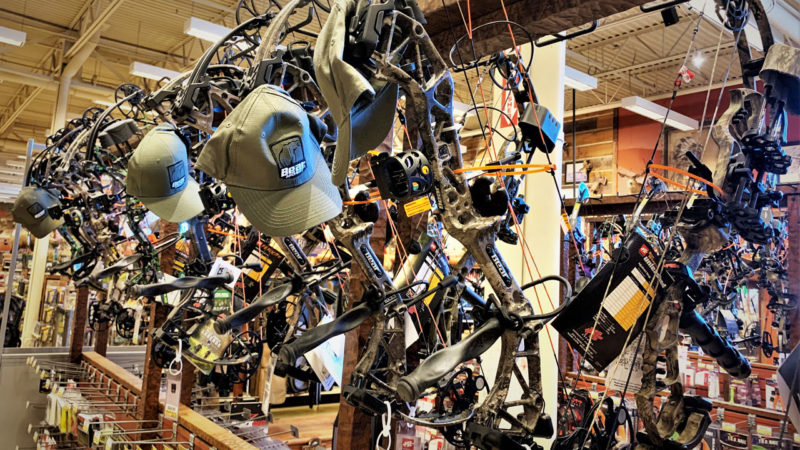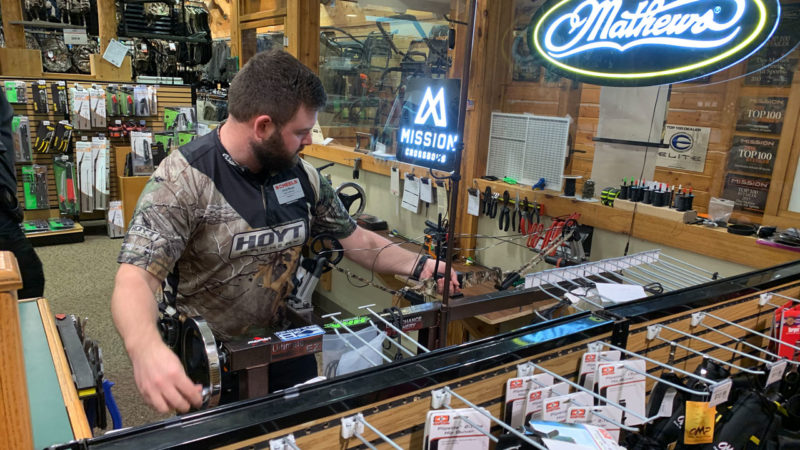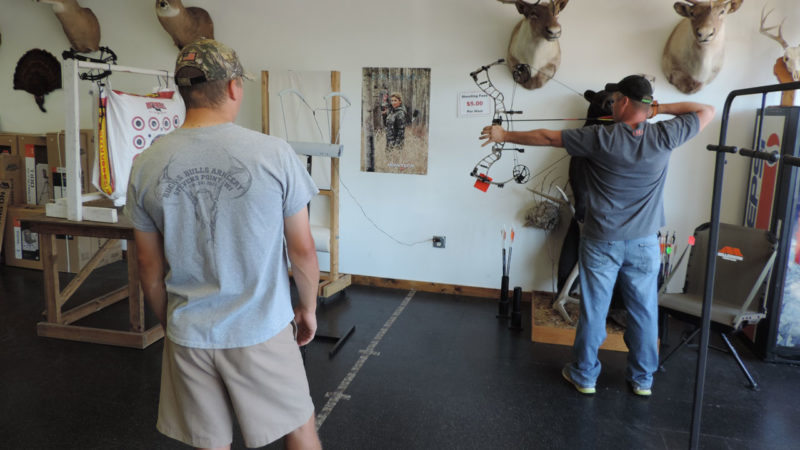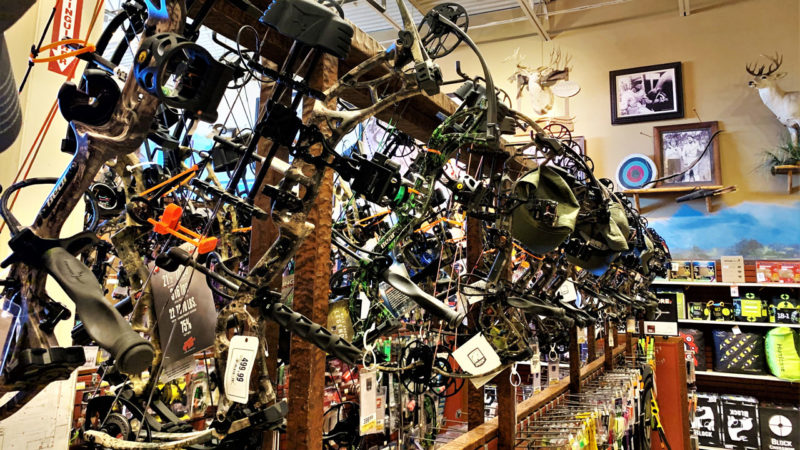Whether you upgrade annually or are finally laying down your time-worn relic, shopping for a new bow is exciting business. It usually begins with some dreaming and scheming on bow-manufacturer websites. You compare brands, models and customization options. Finally, you narrow down your hitlist to just a few models.
Now, it’s time to visit your local bow shop to test them out. The final call might be perplexing, but you eventually settle on your favorite and fork over a wad of $100 bills. You’re on cloud nine, and you can’t wait to hit the woods and bloody an arrow with your new rig.

Unfortunately, the bow-buying process doesn’t always end so blissfully. Commonly, bowhunters end up with a bow they hate, and much like driving a new pickup off the lot, they face an immediate financial depreciation and lose money when they sell or trade it for another bow.
In this article, I’ll share some of the most common bow-buying mistakes that folks make. Read carefully so that you don’t commit these costly mistakes when you shop for your next bow.
Buying from the Wrong Retailer
Bows are expensive. When you purchase one, it should be setup for free by the dealer you buy it from, and the bow technician who does it should provide first-rate work. While most archery pro shops employ skilled bow technicians, unfortunately, some lack the skill and knowledge required to set up a bow correctly.
Do your homework by reading online reviews, but also talk with other customers who’ve purchased bows from the shop in question. Get a feel for what you can expect.
Also, visit the shop once or twice before you’re ready to buy a new bow. Ask tough questions about the setup process and see how well the technicians can field your questions.

You’ll quickly learn whether or not they know what they’re talking about.
I’ve heard horror stories from folks who’ve purchased bows through dealers that had good prices, but did poorly with setting up the bows.
In the long run, they paid more to get the fiasco resolved.
Bottom line: Do your homework and shop with an archery store that has skilled bow technicians available to setup bows.
Being a Know-It-All
While working in my family’s archery shop many years ago, a gentleman much shorter than me — I’m 5 feet, 10 inches tall and shoot a 27.5-inch draw length — came in to test out new bows.
When I instructed that I would adjust the bow to 26 inches for starters, he insisted that his draw length was 30 inches. Being an expert in my field, I gently advised that 30 inches would be far too long, but he disagreed. Long story short, I let him try a 30-inch draw length, and he could barely reach full draw. He wasn’t the first or last know-it-all customer I dealt with.
When you walk into an archery store, especially if you haven’t purchased a bow for several years or more, be open-minded.
You might have a number in mind, but don’t be married to it. So many variables affect draw length. Bow brand A’s flagship bow set to 28 inches might be slightly longer than brand B’s flagship bow set to the same draw length.
Changing releases could affect things, too. Don’t be a know it all, or you could end up with the wrong specs and shoot poorly because of it.
Buying the Brand Your Buddy Told You To
Brand loyalty is great once you’ve shot a particular brand and love everything about it. Unfortunately, it can become a status thing. People seem to ridicule others for shooting a certain brand, and the peer pressure causes folks to buy a brand because so-and-so shoots it.
Every bowhunter has preference differences. Trying to love a bow that doesn’t fit you well is frustrating. Don’t let opinions guide your bow-buying decision. Be open-minded and test out several different brands to find something that feels natural and fits like a glove. You’ll be far more satisfied.

Compromising on Accessories
Some folks tend to buy the most bow they can afford but skimp on accessories. This is a big mistake. Accessories are equally important to the bow — if one thing malfunctions, your shot won’t hit the mark.
Today’s low-end and mid-priced bows are easily as good as high-end bows from just a few years ago, so instead of buying cheap accessories, choose a slightly more affordable bow so that high-end accessories still fit into your budget. As a longtime archer and bowhunter, this is absolutely the way I’d go if given a modest budget.
Overspending
Do you have any combination of the following debts: car loans, a second mortgage, school debt or maxed-out credit cards? If so, don’t try to afford a $1,500 bow.
Several manufacturers offer very nice bows for $300-500. And you know what? These bows will take down deer just like a $1,500 bow. Don’t stretch yourself too thin by purchasing something you really can’t afford.

Buying Online to Save Money
We live in a cyberage where shopping for the cheapest price from a phone or computer screen is commonplace. Consider, though, that finding the cheapest price on a bow doesn’t save you money in the long run, unless you have a bow press and other tools needed plus the knowhow to set up a bow correctly.
Did you know that most archery shops charge an hourly rate for setting up bows that were purchased elsewhere? The range is $50-100 per hour. In other words, if you saved even $100 by purchasing online, you didn’t save anything in the end, plus you’ll pay for any little tweaks — shops typically tackle these for free if you buy from them — that are often needed after the first few hundred shots.
Final Precautions
In life, cutting corners usually creates more hassles in the long run than taking the steps to do things correctly from the beginning.
Buying a bow is no different. There are correct ways to do it, but mistakes can easily be made along the way. Avoid the mistakes outlined within this article, and you’ll be far more satisfied with your new bow. Happy shopping!

 By
By 



